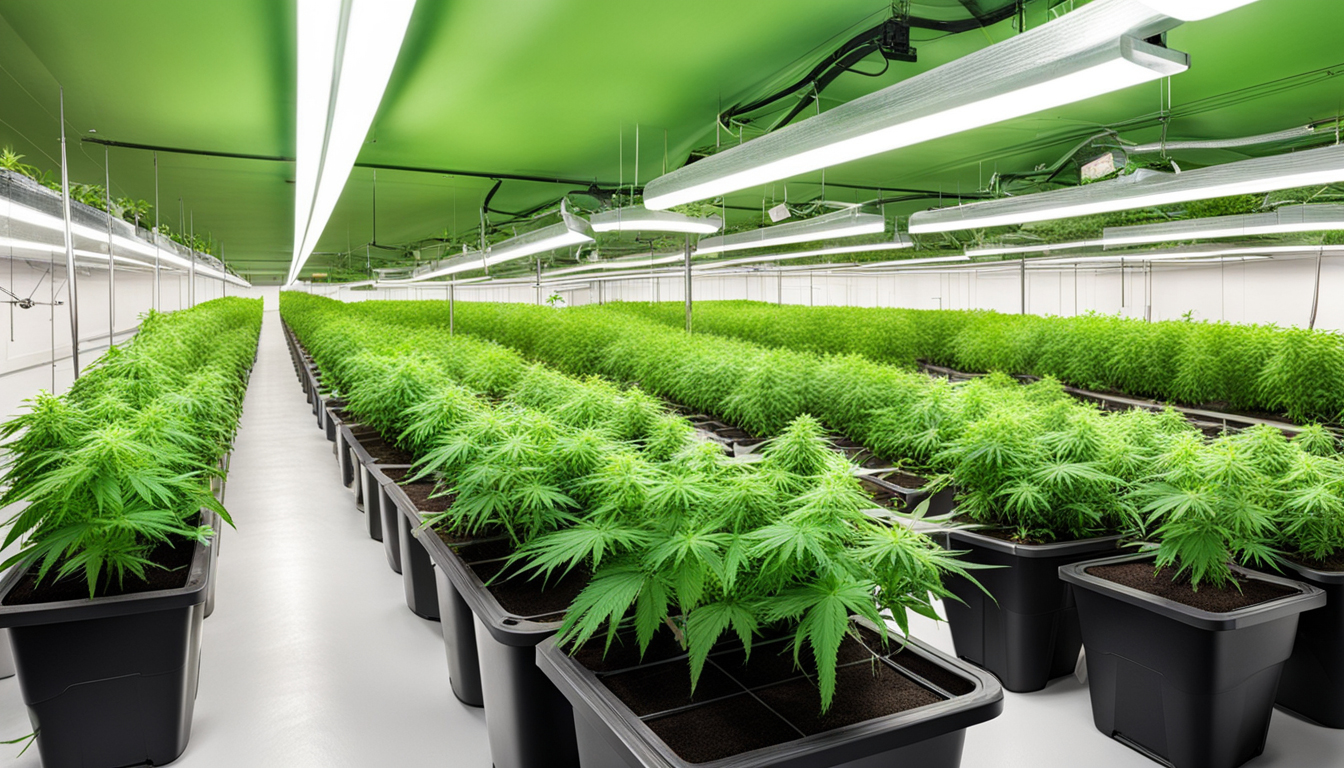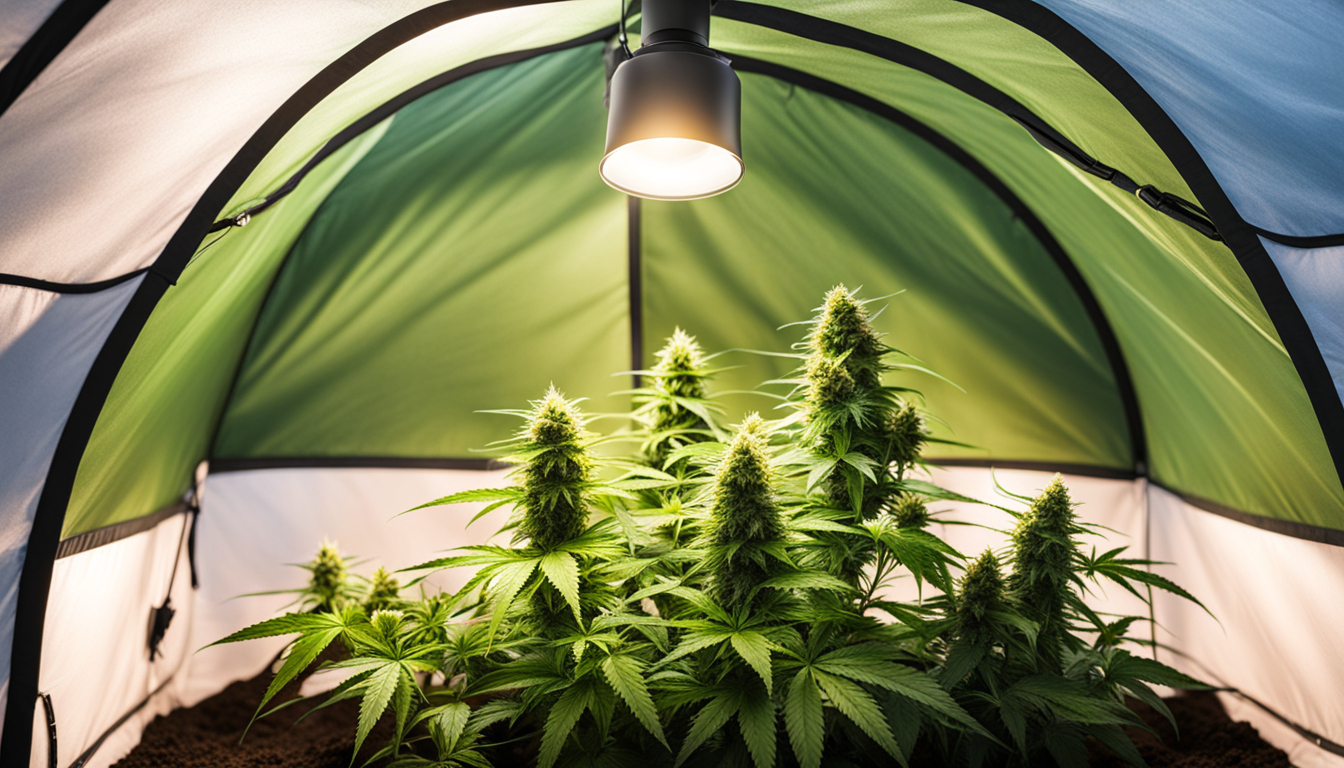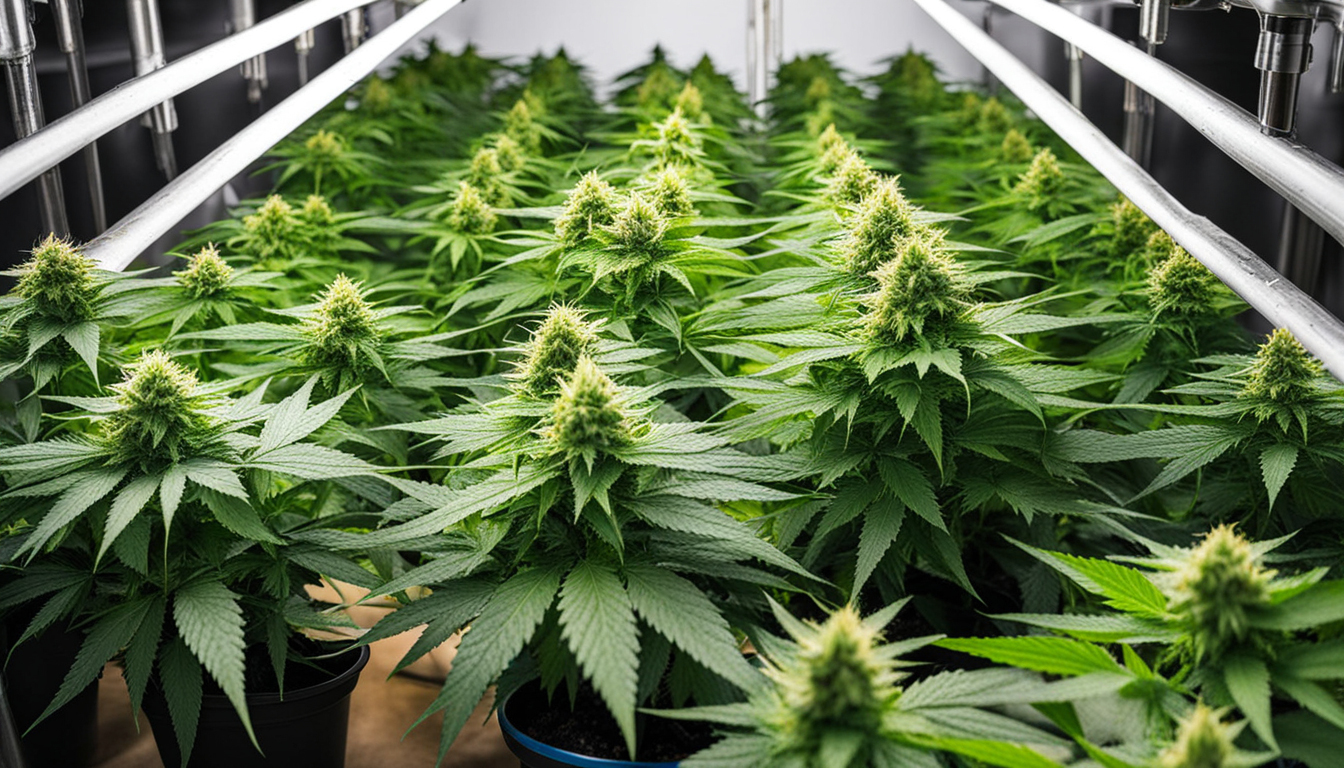
Whether you're beginning weed growing or looking to improve your existing harvest, following this complete guide will help you produce large, high-quality yields right at home. With the right equipment, methods, and care, growing weed indoors can be an extremely satisfying and cost-effective endeavor.
Choosing Pot Strains
The first step in planning your indoor grow is selecting the right marijuana cultivars to produce. The three main types of cannabis plants each have their own characteristics.
Sativas
Known for their invigorating intellectual effects, these strains spread tall and slender with narrow leaves. They flourish in warmer equatorial climates and have a longer blooming time between 2.5-3 months indoors. Top sativa strains include Sour Diesel, Durban Poison, and Jack Herer.
Indicas
These strains provide calming body-focused effects and spread short and bushy with wide leaves. Accustomed to colder mountain climates, they bloom faster within 2-2.25 months. Popular relaxing varieties include Northern Lights, Bubba Kush, and Bubba Kush.
Mixed strains
Hybrid strains blend traits from both sativas and indicas. They offer combined effects and have moderate flowering periods around 9-10 weeks. Well-known hybrids are OG Kush, Girl Scout Cookies, and Blue Dream.

Setting Up Your Cultivation Space
Weed plants need the right controlled environment to flourish. Key factors for indoor grows are lights, airflow, layout, and finding the ideal discreet spot.
Location
Choose an available space with direct access to water and electrical outlets. An empty spare room, large closet, corner of the basement, or cultivation tent tucked away in a garage all make great stealthy grow room spots.
Lights
Pot requires strong light for all growth stages. LED grow lights are efficient and come in broad spectrum options simulating natural outdoor light. Provide 250-400 watts per sq. ft for the vegetative stage and 20-40 watts per square foot for bloom.
Airflow
Proper airflow and exhaust systems maintain ideal temp, moisture, and pure CO2 levels. Install silent 4-6 inch fans or carbon filters to circulate old air and reduce smells.
Layout
Optimize your space by positioning plants strategically under the lights and allowing room to access and work around them. Set up separate zones for growth, bloom, drying, and cloning.

Growing Substrates
Weed can be cultivated in different substrates, each with benefits and cons. Pick a suitable option for your particular setup and growing style.
Soil
The traditional medium, soil is cheap and simple for beginners. It provides great taste but requires more irrigation and fertilizing to feed plants. Amend soil with vermiculite or coco to enhance drainage.
Coconut coir
Made from coconut husks, renewable coco coir holds water but still allows air to the roots. It's more sterile and more predictable than soil. Use coir-specific nutrients to prevent calcium buildup.
Water systems
In hydro systems, plant roots develop directly in fertilizer water solution. This enables quick growth but needs close monitoring of water properties. Deep water culture and irrigation systems are popular techniques.
Sprouting Seeds
Germination prepares your weed seeds to begin growing taproots. This readies them for planting into their cultivation medium.
Paper Towel Method
Put seeds between damp paper towel and keep them damp. Inspect after 2-7 days for growing taproots indicating sprouting is complete.
Direct Planting
Plant seeds right into wetted cultivation medium 6mm deep. Gently water and wait 7-14 days until sprouts push through the top.
Cubic rockwool
Presoak cubic rockwool starters in balanced water. Insert seeds 6mm deep into the cubes. Keep cubes wet until seedlings emerge within a week to 2 weeks.
Repotting Seedlings
Once sprouted, pot seedlings need to be transplanted to prevent overcrowding. Move them into proper sized pots.
Ready Containers
Fill final containers with growing medium amended with time-released fertilizer. Allow pots to soak up water overnight before transplanting.
Gently repotting
Gently separate seedling roots from sprouting medium using a spade. Put into prepared container at same depth as before and gently water in.
Growth Stage
The growth stage encourages leafy growth and plant structure through 3/4 to full day of continual lighting exposure. This stage usually lasts 1-2 months.
Using 18-24 Hours of Light
Use grow lights on a 24 daily schedule or natural sunlight to trigger nonstop growth. Lamp output influences size and internodal spacing.
Fertilizing
Use grow stage nutrients higher in nitrogen. Make sure pH remains around 5.8-6.3 for proper nutrient absorption. Fertilize 25-50% concentration after 2 weeks and increase slowly.
LST and topping
Topping, low stress training, and scrogging manipulate growth patterns for flat foliage. This boosts yields.

Bloom Stage
The blooming stage grows buds as plants show their sex under a 12/12 light schedule. It lasts 8-12 weeks based on variety.
Switching to 12/12
Change grow lights to 12 hours on, 12 hours off or move outdoors for outdoor 12 hour cycle. This triggers plants to start flowering.
Stop Fertilizing
Flushing removes nutrient salts to enhance flavor. Fertilize weakly the first weeks then just use plain water the final 2 weeks.
Flushing
Continue 12/12 light timing but flush using pH-balanced water only. Return to clean watering if buds aren't yet mature after two weeks.
Harvesting
Knowing when pot is completely mature ensures maximum potency and aroma. Cut down plants at peak maturity.
Signs of readiness
Check swollen calyxes, faded pistils, and 10-15% amber trichomes. Inspect buds across the plant as they don't all ripen evenly.
Cutting Plants
Use sterilized, razor-sharp trimming scissors to gently cut each plant at the base. Keep 5-10cm of stem attached.
Drying
Suspend Learn More whole plants or branches inverted in a dark room with average temp and humidity around 45-65% for 1-2 weeks.
Curing
Aging keeps drying while improving the buds like aged spirits. This process mellows bitterness and further develops terpene and terpene profiles.
Curing containers
Trim dried buds from branches and place into glass jars, packing about 3⁄4 full. Use a hygrometer to monitor jar humidity.
Opening jars daily
Open containers for a few hours each day to slowly lower moisture. Remoisten buds if RH drops below 55%.
Long term storage
After 2-3 weeks when humidity levels off around 55-65%, do a final trim and keep forever in sealed jars.
Troubleshooting
Even experienced cultivators Watch Now run into various pot plant problems. Identify problems early and fix them properly to keep a strong garden.
Nutrient Deficiencies
Chlorosis often indicate inadequate nitrogen. Purpling stems and leaves signal phosphorus deficiency. Test pH and increase fertilizers gradually.
Bugs
Spider mites, fungus gnats, mites, and root aphids are frequent marijuana pests. Use neem oil sprays, predator bugs, and sticky traps for organic control.
Mold
Excessive humidity promotes powdery mildew and bud rot. Increase airflow and venting while lowering RH below 50% during flowering.

Summary
With this complete indoor cannabis cultivation guide, you now have the info to grow plentiful strong buds for private harvests. Follow these techniques and methods throughout the germination, growth, and flowering stages. Invest in good gear and closely monitor your plants. In time, you'll be compensated with frosty aromatic buds you raised yourself under the patient guidance of your green Send a Message thumbs. Happy growing